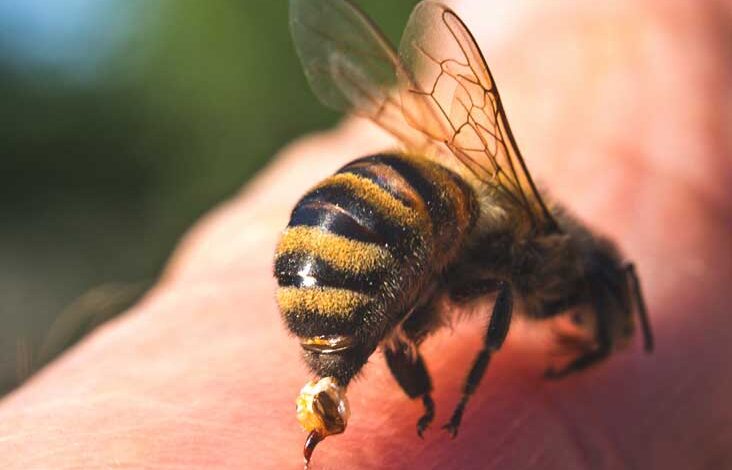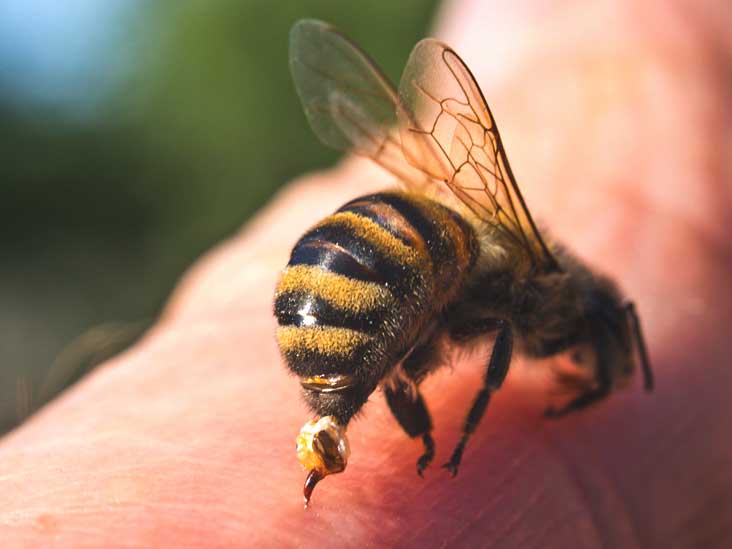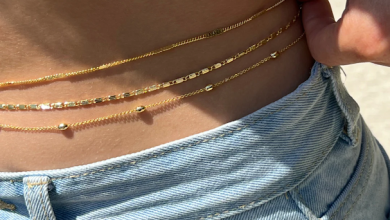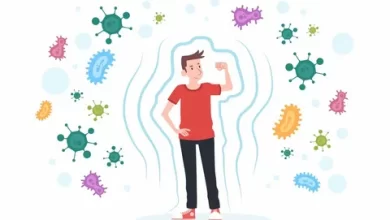

A wasp is any insect of the narrow-waisted suborder Apocrita of the order Hymenoptera which is neither a bee nor an ant; this excludes the broad-waisted sawflies, which look somewhat like wasps but are in a separate suborder
Wasps are dangerous because they are aggressive and territorial, and they will use their long stinger to attack. Wasps will also attack in packs, which can be dangerous and deadly. If someone in your home is allergic to wasp stings, they can suffer from a severe reaction that requires immediate medical attention.
Table of Contents
Symptoms
If a wasp or bee stings you, you’ll likely experience the following symptoms near the site:
- Redness and warmth
- Pain and swelling
- Hives
- Itchiness
Home remedies for wasp and bee stings
1. Honey
Honey may help with wound healing, pain, and itching.
To treat bee stings with honey, apply a small amount to the affected area. Cover with a loose bandage and leave on for up to an hour.
2. Baking soda
A paste made of baking soda and water can help neutralize bee venom to reduce pain, itching, and swelling.
Apply a thick layer of baking soda paste to the affected area. Cover the paste with a bandage. Leave on for at least 15 minutes and re-apply as needed.
3. Apple cider vinegar
Some people believe vinegar helps neutralize bee venom.
Soak the sting site in a basin of diluted apple cider vinegar for at least 15 minutes. You can also soak a bandage or cloth in the vinegar and then apply it to the sting site.
4. Toothpaste
It’s unclear why toothpaste can help bee stings. Some people claim that alkaline toothpaste neutralizes acidic honeybee venom. If true, however, toothpaste won’t work on alkaline wasp venom.
Either way, toothpaste is an inexpensive and easy home remedy to try. Simply dab a bit on the affected area.
5. Meat tenderizer
An enzyme in meat tenderizer called papain is also believed to help break down the protein that causes pain and itching.
To treat a bee sting this way, make a solution of one-part meat tenderizer and four-parts water. Apply to the sting site for up to 30 minutes.
6. Garlic
Garlic acts as a pain relief for insect stings. For this home remedy crush a clove of garlic and slather it on the sting. Make sure the juices from the garlic are applied to the sting (this is what makes it an effective home remedy). After that is complete place a plaster on the affected area and let the garlic do its magic.
7. Ice
Ice is a great way to help reduce the swelling from a wasp sting as well as both bees and hornet stings, the cold temperature slows down the blood flow to the insect sting.
To treat insect stings using ice take an ice cube, or an ice pack and place it on the wasp sting for around 20 minutes. This will help with the pain and reduce the swelling.
Note: If using ice cubes wrap in a paper towel or a damp cloth to protect the affected area.
8. Onion
Another vegetable which is great for treating insect stings is onions. Simply cut an onion in half and place it (flesh side down) on the insect sting, pressing gently until the pain has reduced.
For any important information please contact us Email GadgetsNg info@gadgetsng.com
[Button id="1"]



